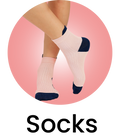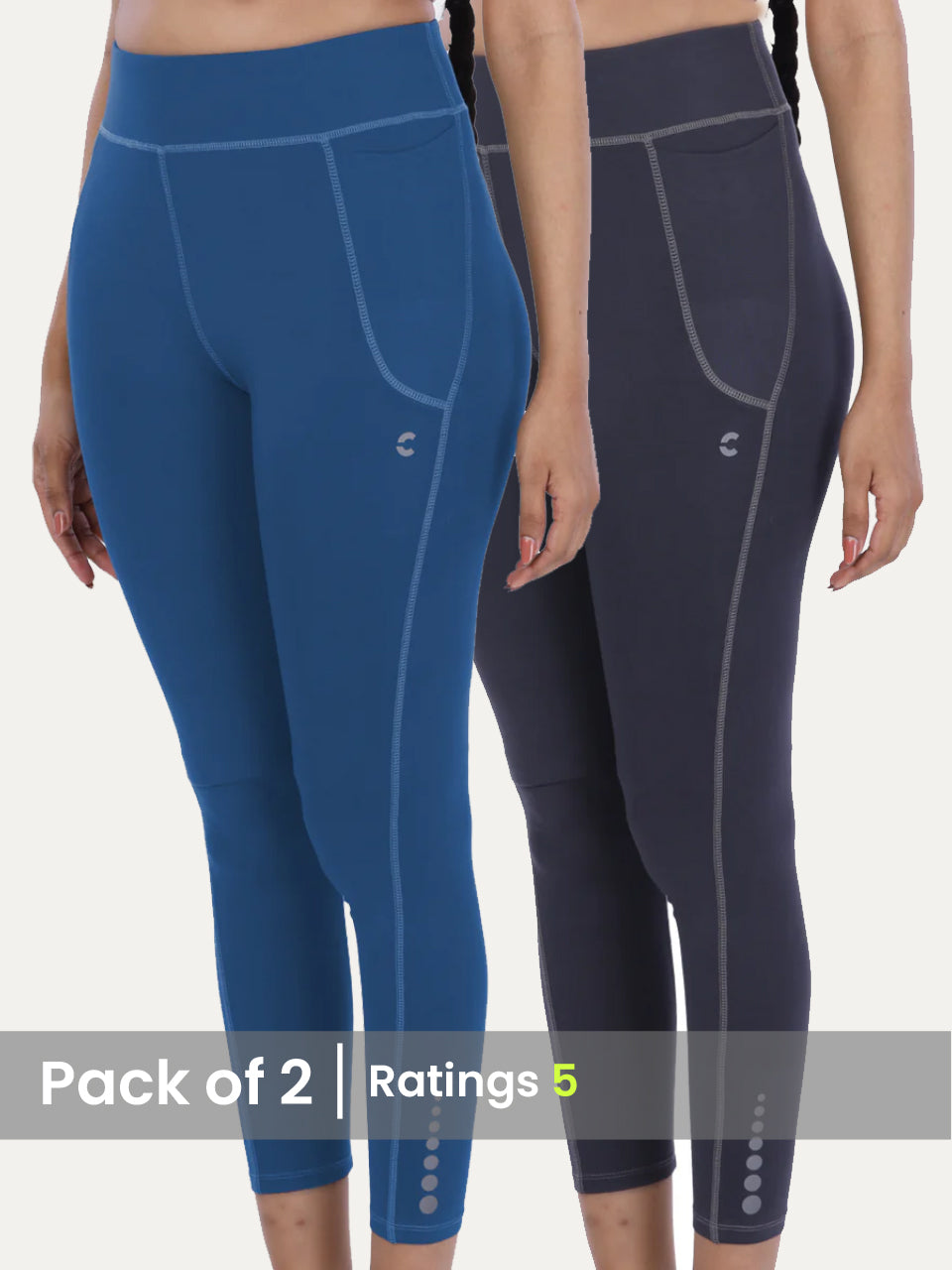Imagine cycling under the blazing summer sun, or hiking a mountain trail where the UV index is off the charts. Sunscreen helps. What about consistent, breathable protection? Enter the world of advanced sleeve technology. We're not just talking about simple fabric tubes anymore. Today's sleeves incorporate cutting-edge materials like microfibre blends with UPF 50+ ratings, actively blocking over 98% of UVA and UVB rays. Moreover, innovations in moisture-wicking and cooling technologies, like those seen in performance apparel from brands like Nike and Under Armour, are being integrated, ensuring comfort even during intense activity. These sleeves are essential gear, merging sun safety with performance enhancement.

Understanding Breathable Fabrics
Breathable fabrics are designed to allow moisture vapor to pass through them, preventing the build-up of sweat and humidity next to the skin. This is crucial for comfort, especially during physical activities or in hot weather. The primary goal is to keep the wearer cool and dry, reducing the risk of overheating and discomfort.
- Moisture Wicking: This refers to the fabric's ability to pull moisture away from the skin and move it to the outer layer of the fabric, where it can evaporate.
- Air Permeability: The fabric's ability to allow air to pass through it. This helps to regulate temperature and prevent overheating.
Several factors contribute to a fabric's breathability:
- Fiber Type: Natural fibers like cotton, linen. Merino wool are inherently breathable. Synthetic fibers like polyester and nylon can be engineered to be breathable through specific weaves and finishes.
- Weave or Knit Structure: Loose weaves and knit structures allow for more air circulation compared to tight weaves.
- Finishes and Coatings: Some finishes can enhance breathability by improving moisture wicking or air permeability, while others can hinder it by blocking airflow.
The Science of UV Protection in Fabrics
Ultraviolet (UV) radiation from the sun can damage the skin, leading to sunburn, premature aging. An increased risk of skin cancer. Fabrics can provide a barrier against UV radiation. The level of protection varies depending on several factors. The Ultraviolet Protection Factor (UPF) indicates how much UV radiation a fabric blocks.
- UPF Rating: A UPF rating of 50 means the fabric blocks 98% of UV radiation, allowing only 2% to pass through.
- UV-A and UV-B: UV radiation is divided into UV-A and UV-B rays. UV-B rays are responsible for sunburn, while UV-A rays penetrate deeper into the skin and contribute to aging.
Key factors influencing UV protection in fabrics include:
- Fiber Type: Some fibers, like polyester and nylon, naturally offer better UV protection than others, such as cotton and rayon.
- Color and Dye: Darker colors and certain dyes absorb more UV radiation than lighter colors.
- Weave or Knit Structure: Tightly woven fabrics provide better UV protection than loosely woven ones.
- Stretch: Stretched fabrics tend to have reduced UPF ratings.
- Wetness: Wet fabrics generally offer less UV protection than dry ones.
- Treatments: Fabrics can be treated with UV absorbers or reflectors to enhance their UV protection.
Comparing Breathable Fabrics with UV Protection
Many fabrics offer both breathability and UV protection. Achieving both simultaneously can be a balancing act. Here's a comparison of some common fabrics:
| Fabric | Breathability | UV Protection | Pros | Cons |
|---|---|---|---|---|
| Polyester | Good (especially with moisture-wicking treatments) | Excellent (naturally high UPF) | Durable, quick-drying, wrinkle-resistant | Can feel less comfortable than natural fibers |
| Nylon | Good (similar to polyester) | Very Good (naturally high UPF) | Strong, elastic, abrasion-resistant | Can be expensive |
| Cotton | Excellent | Fair (low UPF unless treated) | Comfortable, soft, natural | Absorbs moisture, slow-drying |
| Linen | Excellent | Fair (low UPF unless treated) | Breathable, lightweight, natural | Wrinkles easily |
| Merino Wool | Excellent | Good (naturally provides some UV protection) | Breathable, moisture-wicking, odor-resistant | Can be expensive, requires special care |
| Bamboo | Excellent | Fair (low UPF unless treated) | Soft, breathable, sustainable | Can shrink, may not be as durable as other options |
Real-World Applications of Sleeves with Breathable Fabric and UV Protection
Sleeves made from breathable fabrics with UV protection are used in a variety of applications, particularly in outdoor activities and work environments. These sleeves provide a versatile solution for sun protection and comfort.
- Sports and Outdoor Activities: Athletes, hikers, cyclists. Golfers often use these sleeves to protect their arms from the sun while staying cool and dry. Sleeves are more versatile than long-sleeved shirts, as they can be easily removed or adjusted as needed.
- Construction and Landscaping: Workers in these industries are exposed to the sun for extended periods. UV protective sleeves can help prevent sunburn and reduce the risk of long-term skin damage.
- Gardening and Farming: Gardeners and farmers benefit from the sun protection and breathability of these sleeves, allowing them to work comfortably in hot weather.
- Fishing and Boating: Water reflects sunlight, increasing UV exposure. Sleeves provide essential protection for anglers and boaters.
- Medical Conditions: Individuals with sun sensitivity due to medical conditions like lupus or certain medications can use these sleeves to minimize sun exposure.
For example, a construction worker in Arizona might wear breathable, UV-protective sleeves under their work shirt to stay cool and protected from the intense sun. Similarly, a marathon runner might wear these sleeves during a race to prevent sunburn and regulate body temperature. These real-world examples highlight the practical benefits of combining breathable fabrics with UV protection.
Factors to Consider When Choosing Sleeves
When selecting sleeves that offer both breathability and UV protection, consider the following factors to ensure you choose the best option for your needs:
- Activity Level: Choose fabrics and designs that match the intensity of your activities. High-intensity activities require more breathable and moisture-wicking fabrics.
- Climate: Consider the climate you'll be using the sleeves in. Hot and humid climates require highly breathable fabrics, while cooler climates may benefit from fabrics with some insulation.
- UPF Rating: Look for sleeves with a UPF rating of 30 or higher for adequate sun protection. A UPF of 50+ is ideal for extended sun exposure.
- Fit and Comfort: Ensure the sleeves fit comfortably and allow for a full range of motion. Avoid sleeves that are too tight, as they can restrict circulation and reduce breathability.
- Durability: Choose sleeves made from durable fabrics that can withstand frequent use and washing.
- Maintenance: Consider the care instructions for the sleeves. Some fabrics require special washing or drying to maintain their properties.
- Fashion and Comfort: The sleeves should not only offer protection but also feel good against the skin and match your personal style.
By carefully considering these factors, you can select sleeves that provide the optimal combination of breathability, UV protection. Comfort for your specific needs.
Innovations in Fabric Technology
Ongoing advancements in fabric technology continue to improve the performance of breathable and UV-protective sleeves. These innovations focus on enhancing comfort, durability. Functionality.
- Moisture-Wicking Technologies: Advanced moisture-wicking treatments and fabric constructions enhance the ability of fabrics to pull moisture away from the skin, keeping the wearer dry and comfortable.
- Cooling Fabrics: Some fabrics are infused with cooling minerals or treatments that provide a cooling sensation when in contact with the skin. These fabrics can help regulate body temperature in hot weather.
- Antimicrobial Treatments: Antimicrobial treatments can prevent the growth of odor-causing bacteria, keeping the sleeves fresh and hygienic.
- Sustainable Fabrics: Eco-friendly fabrics like recycled polyester, organic cotton. Bamboo are becoming increasingly popular. These fabrics offer a more sustainable alternative to conventional materials.
- Smart Fabrics: Integration of sensors and technology into fabrics to monitor body temperature, heart rate. Other physiological data.
These innovations are paving the way for more advanced and comfortable sleeves that offer superior protection and performance. As technology continues to evolve, we can expect even more exciting developments in the field of breathable and UV-protective fabrics.
Conclusion
So, you're now armed with the knowledge to confidently choose sleeves that not only look good but also actively protect you. Remember, the key is breathable fabric combined with UV protection. Don't just grab any long-sleeved shirt! Personally, I've found that investing in a few high-quality sleeves made from fabrics like those used in activewear makes a huge difference. I even keep a lightweight, UV-protective sleeve in my car for unexpected sunny days. It’s a game-changer for preventing sun damage during short errands. The trend towards sun-conscious clothing is only growing. You're now ahead of the curve. Choose wisely, protect your skin. Embrace the freedom of enjoying the outdoors responsibly. Start today. You'll be thanking yourself for years to come. Stay protected, stay stylish. Keep exploring! For more data about UV protection clothing, you can visit The Skin Cancer Foundation.More Articles
Women's Tank Top – Breathable Fabric & All-Day ComfortBandana for Men – Versatile Style & Sun Protection
Tank Top – Versatile Layering & Breathable Style
Tees – Soft Fabric & Durable Wear
FAQs
So, what's the big deal with breathable fabric sleeves anyway? Why not just regular sleeves?
Good question! Regular sleeves can trap heat and sweat, making you feel gross and uncomfortable, especially during workouts or hot weather. Breathable fabric allows air to circulate, wicking away moisture and keeping you cooler and drier. Think of it like having tiny air conditioners for your arms!
How does the UV protection actually work in these sleeves? Is it some kind of spray-on thing?
Nope, it's not a spray! The UV protection comes from the weave and the type of fabric used. Tightly woven fabrics block more UV radiation. Some sleeves are also treated with UV absorbers, which further enhance their ability to shield your skin from the sun's harmful rays. It's like built-in sunscreen!
Will these sleeves keep me completely safe from the sun? Like, can I skip sunscreen?
While they offer great protection, it's not a complete replacement for sunscreen. Think of them as an extra layer of defense. Always apply sunscreen to any exposed skin, especially your hands and neck, even when wearing sleeves. Better safe than sorry!
Are breathable sleeves only for really hot weather? Can I wear them when it's a bit cooler?
Absolutely! While they excel in hot weather, breathable sleeves can also be great in milder conditions. They can provide a light layer of warmth without causing you to overheat. Plus, they can protect your arms from wind and scratches, making them versatile for various activities.
How do I wash these things without ruining the UV protection or breathability?
Generally, gentle is the way to go. Machine wash them in cold water on a delicate cycle with a mild detergent. Avoid bleach and fabric softeners, as these can damage the fabric and reduce its effectiveness. Air drying is best. If you must use a dryer, tumble dry on low heat.
What activities are these sleeves good for? Are they just for running?
Oh, they're good for tons of stuff! Running, cycling, hiking, gardening, golfing, even just walking around on a sunny day. , any activity where you want sun protection and to stay cool and comfortable. They're pretty versatile!
Do they come in different sizes? I have pretty big (or small) arms.
Yep! Most brands offer a range of sizes, usually based on arm circumference. Check the sizing chart on the manufacturer's website or packaging to find the best fit for you. A snug. Not too tight, fit is ideal for both comfort and performance.





